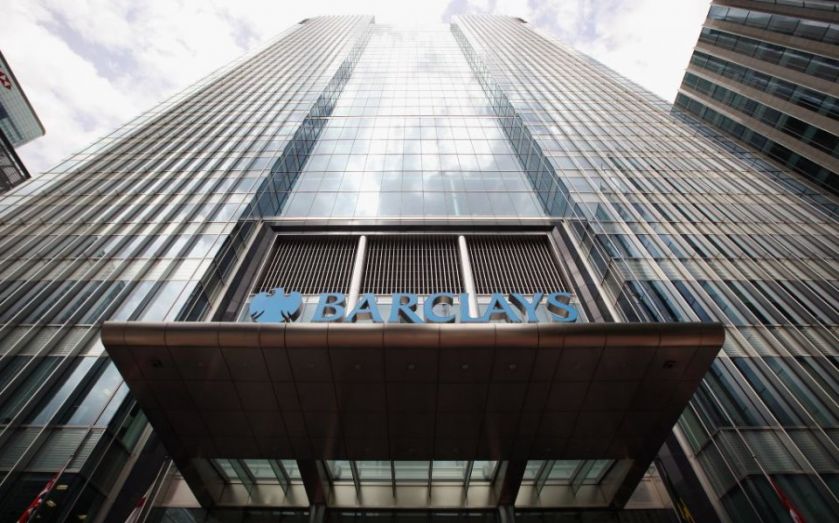Barclays: When one-off costs keep coming – Bottom Line

Investors want to know the exact profit of the firms they own, but they also want the long-term outlook. That is why banks publish their statutory earnings, and their underlying numbers.
The difference can be huge – hundreds of millions or even billions of pounds per year. But how far can investors rely on those stats?
In Barclays’ case, the “core” numbers strip out a lot of costs which should be short-term such as the cost of restructuring the business and shrinking the investment bank.
Fines and legal costs also fall into the bracket, as do payment protection insurance compensation costs.
But when these apparently one-off costs arise year after year, surely investors should stop seeing them as individual problems and start viewing the regular issues as an underlying problem.
PPI is a huge example – Barclays yesterday set aside another £200m. Each time the bank hopes it can stop increasing the provisions, and each time it is wrong. So how can investors see it as a one-off cost?
And look at the potential costs. Barclays is fighting a lot of accusations, so may never have to pay up – but investors should be worried.
No fewer than 31 state attorneys general are looking into Libor-related issues, for instance, and Barclays is speaking with the US Department of Justice over precious metals. A swathe of other regulators are also asking about other benchmarks, while there are long-running rows with other US regulators in areas such as dark pools and the electricity market.
The one-offs could keep on coming.